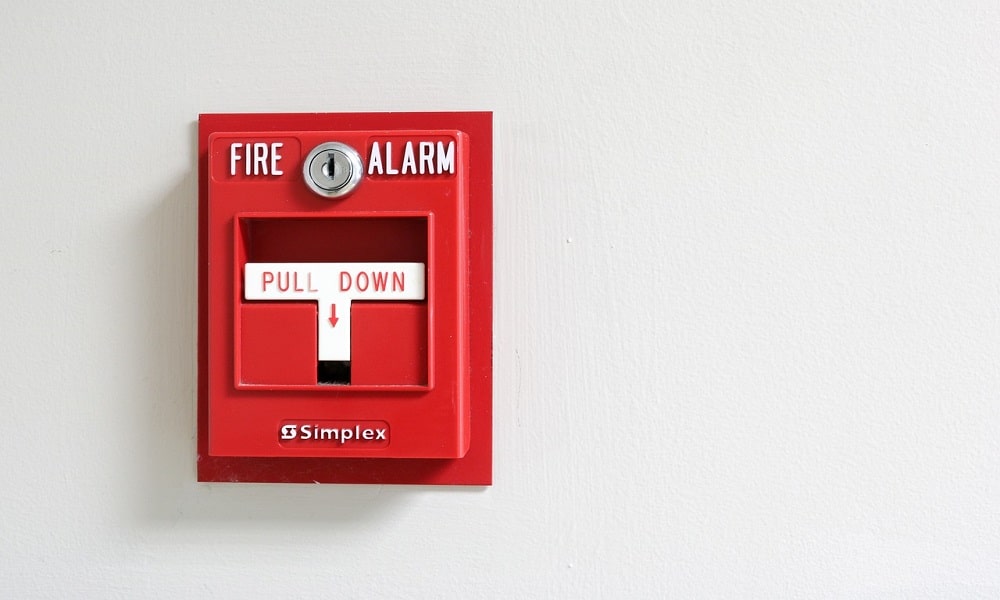Workplace fire incidents can cause great damage – including loss of human lives, property, and business reputation. Surprisingly, according to a report, 95% of workplace fires in Australia are preventable.
They simply wouldn’t occur if companies took safety measures like offering fire warden training to their employees. So, as a business owner, it’s really important to look out for fire incidents and take action to prevent them as much as possible.
In today’s post, we will discuss fire safety guidelines for businesses in great detail. Keep reading to learn how to make your workplace safer!
Assess the Risk Levels
When assessing fire risk levels, the first step is to identify potential fire hazards in the workplace. Common hazards include faulty electrical wiring, flammable materials, and poorly maintained equipment.
Each of these poses a different level of risk depending on the nature of the business. Once hazards are identified, it’s important to evaluate how likely each is to cause a fire.
Consider factors like the number of people on-site, how often the hazard is in use, and the potential consequences if a fire starts. This evaluation helps businesses understand which areas require immediate attention to reduce risk.
Develop a Strategy
To tackle fire risks in the workplace, it’s important to create a clear fire safety strategy. Start by addressing the most severe risks first, such as fixing faulty wiring or safely storing flammable materials.
Regular maintenance checks should also be part of this plan to ensure that all safety systems remain in good working order. Let’s discuss another example of a warehouse that stores flammable chemicals.
This is a huge hazard as one accident can blow up the entire warehouse. It’s important to remove all fire sources from the place. Also, installing fire-resistant cabinets and placing fire extinguishers nearby can greatly reduce the risk.
Install Fire Alarms, Sprinklers, & Fire Suppression Systems
Fire alarms, sprinklers, and fire suppression systems are essential for controlling fire incidents, providing both early detection and effective response. Fire alarms alert everyone in the building the moment smoke or heat is detected, allowing for a safe and timely evacuation. Sprinkler systems are automatically activated when a fire starts, quickly controlling the flames before they spread, minimizing damage.
In addition to alarms and sprinklers, other fire detection systems, such as heat detectors and smoke detectors, are crucial. Heat detectors sense rapid temperature changes, while smoke detectors detect even the smallest traces of smoke.
Furthermore, through expert fire suppression services, foam, gas, or water-based suppression systems can be integrated into the building’s safety design to help extinguish fires or prevent their spread. Incorporating these systems ensures comprehensive fire protection, reducing property damage and enhancing workplace safety.
Train Your Employees
When staff members know how to respond quickly and calmly, they can help stop a fire from spreading and assist with evacuations. Fire safety training also ensures that employees understand the risks and can recognize potential hazards before they become dangerous.
There are different types of training options that businesses can offer to their teams. For example, general fire safety training teaches everyone how to use fire extinguishers, where to find exits, and how to respond during an emergency.
More specialized training, like fire warden, equips certain employees to take leadership roles during a fire. This helps with evacuations and ensures everyone is accounted for. Fire wardens make sure no one is left behind in such incidents.
Businesses can also schedule fire drills to practice evacuation procedures. These drills help employees become more familiar with emergency exits and reduce panic in a real situation. For effective results, it is recommended to do these drills every 2 to 3 months.
Create an Emergency Plan
This will be a clear, step-by-step guide for handling unexpected situations. While fire safety strategies focus on prevention, an emergency plan is a backup. It outlines how to respond if a fire occurs despite preventive measures.
This ensures that everyone knows what to do in a real emergency. Having it will ensure less confusion, panic, and damage. However, to create an effective plan, businesses should have designated evacuation routes and meeting points.
They should also assign roles to specific employees. For example, in a large office building, the plan might include instructions for each department on which exits to use and where to gather outside.
Fire wardens would be responsible for checking that everyone has evacuated safely, and a communication point would be established to contact emergency services.
It’s also important to regularly review and practice the emergency plan. Businesses should hold briefing sessions to ensure that all employees are familiar with the plan and can respond quickly.
Keep Improvising!
Before you go, remember that a well-developed strategy keeps the workplace safer and more prepared. And how do you ensure that? By reviewing your strategy and improvising it for better results!
So, once your plan is finalized, decide on the metrics to measure its effectiveness and review them regularly to ensure everything is safe. It’s best to hire a fire safety manager to assist you with the task and inspect the workplace properly.


